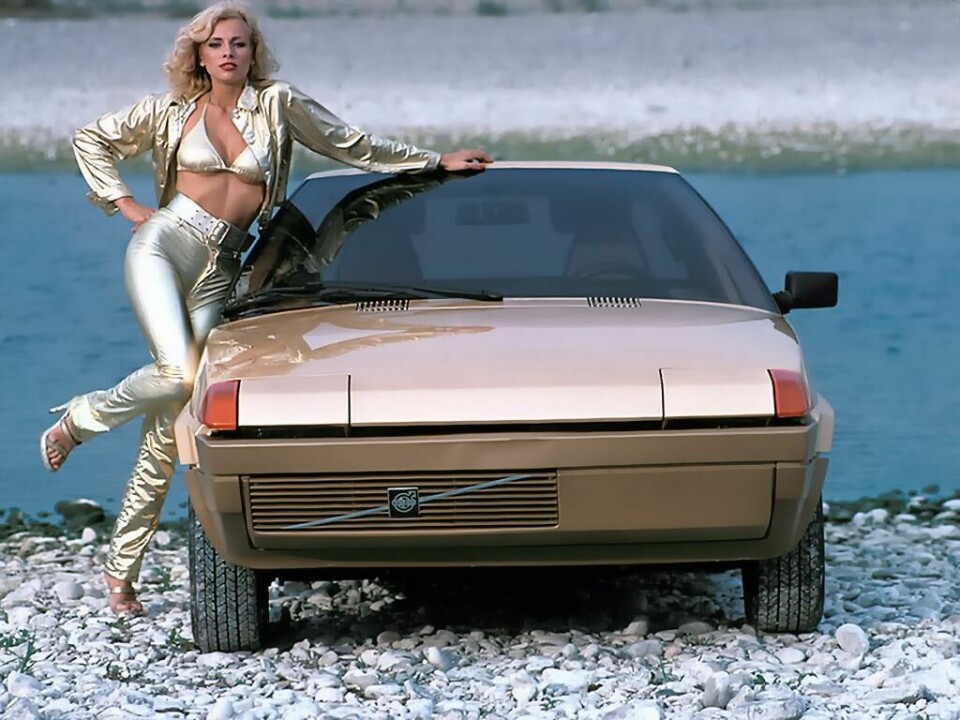
Concept Car of the Week: Volvo Tundra (1979)
In 2013, Volvo unveiled the Concept Coupé – a good reason for Flavien Dachet to take a look back at another Volvo coupé concept from 1979 – the Tundra
In the 1970s, Volvo built large and relatively pricey cars that were neither really luxurious nor real ‘people cars’. The 340 series began the brand’s expansion towards more affordable models and proved to be very successful worldwide. Still, it was not distinctive enough, nor attractive, or really Swedish. Aware of the problem, Volvo supplied Bertone, who just delivered the 262C, with a 343 platform to give a fresh vision on a mid-sized hatchback.
Chief designer Marcello Gandini led the design research and, as always, created a car way ahead of its time. Rather than looking for beauty, the Tundra innovated with geometric graphics and a brown/beige paint job that epitomised the Atari days.
It seems Gandini hadn’t paid much attention to Volvo’s brand image and heritage. In fact, the Tundra’s silhouette was an evolution of another Bertone prototype from 1977 – the Reliant FW11. But the Tundra took these proportions to a much higher level of refinement. It featured a 360-degree wraparound DLO, with large glazed areas and a floating roof that looked like a distant ancestor of the Mini Coupé roof.
A horizontal waterline split the car in half with sheet metal on the top and plastic claddings on the lower. At the front, the radiator grille was unusually placed on the lower left part of the bumper, asymmetrically, matching the position of the radiator itself. Pop-up headlamps at the front and a strip of lamps at the rear provided a futuristic – for the time – ‘80s touch.
Inside, the dashboard carried the same geometrical elements as the exterior with the party piece being the digital Cartesian plane vector linear speedometer.
But it wasn’t what Volvo was after. They believed the Tundra was too modern, would be be too difficult to sell and so rejected the project. Convinced of the potential of its creation, Bertone presented a very slightly modified design of the Tundra to Citroën. After a design competition also involving Citroën’s in-house studio, the project was selected for its new model, the BX, which sold over 2.4 million worldwide.
















